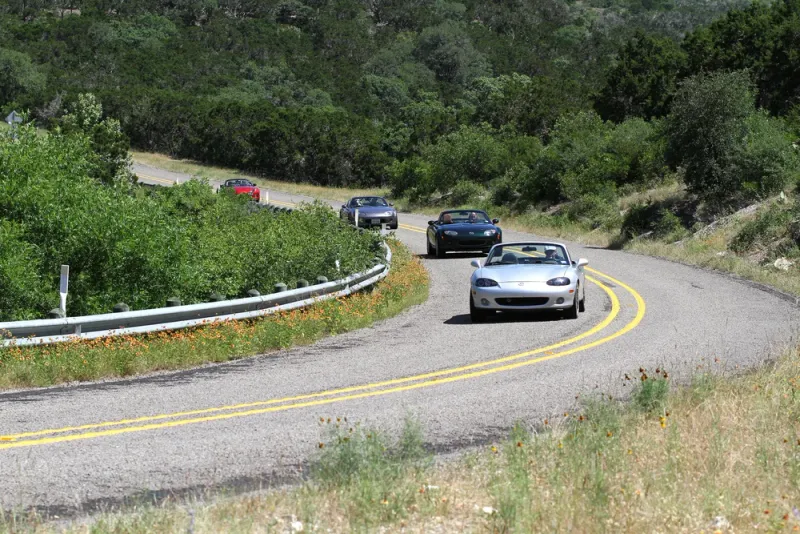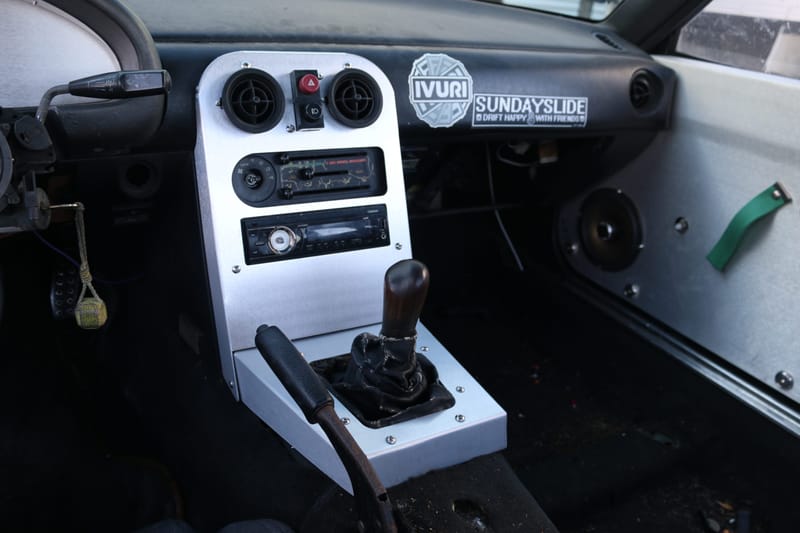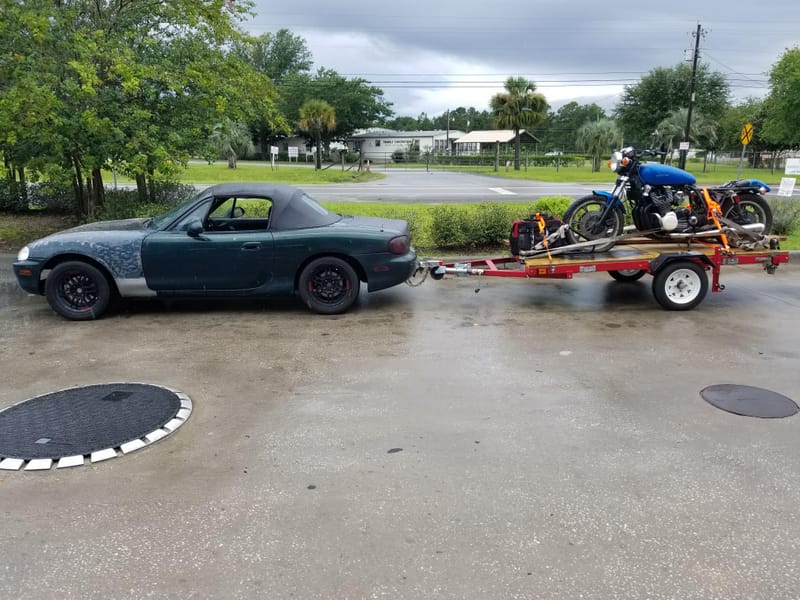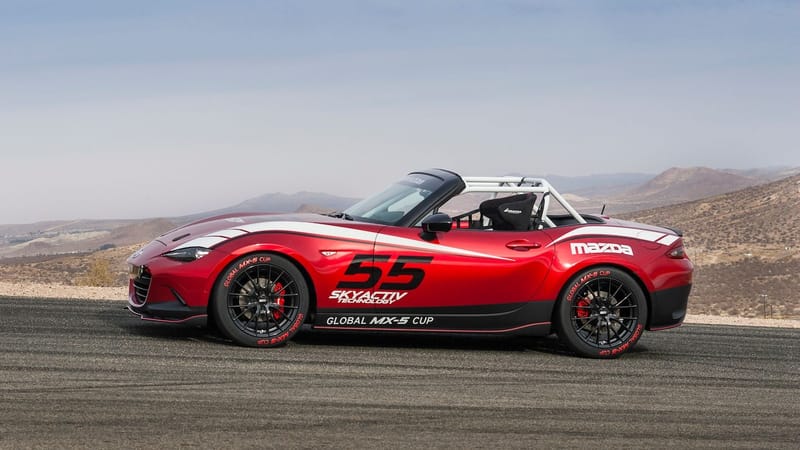Miata Insurance & Other Costs of Ownership
Keeping a Miata on the road is cheap—average annual maintenance runs in the low $400s, well below most cars. Insurance varies: newer NDs often cost more than NCs, while in the UK the MX-5 is among the cheapest to insure.
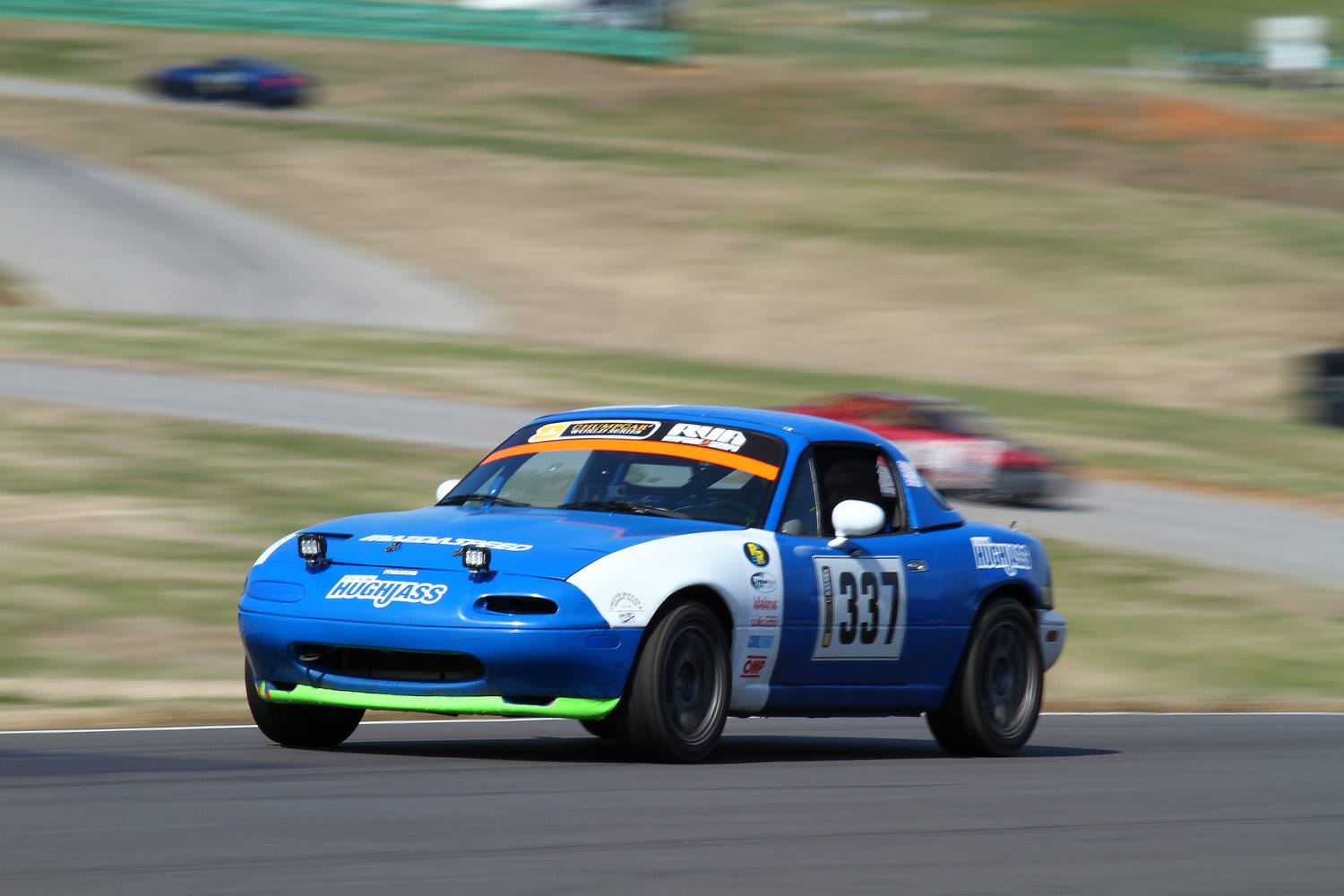
Stock Miatas are famously inexpensive to keep on the road. Third-party maintenance aggregators put the MX-5’s average annual repair and maintenance spend around the low-$400s in the U.S., which is well under the average for passenger cars. Insurance, however, swings a lot with model year, driver profile, and location: newer ND years tend to price higher than late-run NCs for similar coverage. In the UK, the MX-5 often shows up among the cheapest cars to insure, reflecting a favorable risk profile there. As for modifications, assume premiums will climb when you add power or cosmetic value, and remember that most standard auto policies exclude track use, you’ll need separate HPDE or track-day coverage if you drive on circuit.
Insurance: how pricing really works
Underwriters price risk, not just cars. Your premium is a function of the car’s value and safety tech, your age and history, how and where the car is garaged, annual mileage, and the limits and deductibles you pick. U.S. aggregator snapshots are useful for direction: late-run NCs (2013–2015) commonly land around roughly 900 to just over 1,050 dollars per year for a “sample driver,” while early NDs (2016, 2019, 2020) often fall in a wider band, about 1,060 to 1,650 dollars, because newer cars carry higher ACV (actual cash value) and pricier parts. Treat these as ballparks; your quotes will vary.

In the UK, consumer indices and insurer roundups repeatedly list the MX-5 among the least-expensive cars to insure overall. That doesn’t mean every driver pays pennies; it does mean the platform tends to look low risk in that market when driven by typical owners.
If your Miata is modified, disclose every change. Many carriers can add “custom parts and equipment” coverage to protect aftermarket bits, but base policies often include only a small allowance unless you increase it. If the car is a hobby toy that’s stored indoors, driven sparingly, and not used as a commuter, an agreed-value policy from a specialty insurer can be a better fit. Daily-driven classics usually need a standard auto policy. And again: track days are usually excluded under personal auto; buy separate event coverage.

Routine ownership costs (stock car)
Fuel
EPA-style combined fuel economy varies by generation. An early NA (1990 manual) is roughly mid-20s combined, the NC (2006 manual) sits around 24 mpg combined, and a 2019 ND manual is about 29–30 mpg combined in mixed use. To estimate annual fuel cost, multiply your local price per gallon by miles driven per year and divide by your realistic combined mpg. For example, at 10,000 miles a year, 30 mpg, and 4 dollars per gallon, you’re around 1,333 dollars.
Maintenance and wear
Plan for a baseline annual maintenance average in the low-$400s, understanding that real life comes in bursts (a quiet year followed by a bigger service year). Oil and filter intervals follow the owner’s manual or oil-life monitor; modern Mazdas typically call for 0W-20 synthetic on ND. Timing systems differ by generation: NA/NB engines use a belt with a mileage/time interval, and smart owners often replace the water pump and seals while they’re in there. NC and ND use timing chains with no scheduled replacement under normal conditions.
Clutch jobs vary by region, parts choice, and labor rate, but a typical full replacement at a shop often runs roughly 1,500 to 1,900 dollars. Soft-top replacements depend on material (vinyl vs. canvas), rain-rail condition, and labor; parts commonly land in the 400 to 1,100 dollar range, and installed totals around 900 to 1,500 dollars are a fair planning number. Tires depend on wheel size and brand: common NA/NB street sizes like 195/50R15 can range from budget to premium pricing per tire, and ND’s 205/45R17 similarly spans a wide spectrum. A performance-minded street alignment typically costs somewhere from about 50 to 200 dollars depending on shop and whether true four-wheel adjustments are required.
How modifications change the math
Insurance
More power typically equals more premium. Turbo and supercharger kits increase both performance risk and the value of the car’s hardware, so carriers may charge more and will expect you to declare the changes. If you want the aftermarket parts covered in a loss, add custom-parts coverage or move to an agreed-value policy if your usage qualifies. Suspension, brake, and wheel changes also count as modifications; disclose them to avoid claim disputes. Track incidents are almost always excluded on personal auto policies; buy HPDE insurance per event.
Reliability and upkeep impact
Boosted Miatas are a blast, but they tighten your maintenance windows and stress consumables. Community and vendor experience generally puts durable stock-bottom-end power for NA/NB around 180–200 wheel horsepower with a conservative tune and good fuel. The NC’s 2.0-liter commonly supports roughly 220–240 wheel horsepower on modest boost with solid tuning. What typically gives up first when you go harder? Cooling capacity, clutch holding power, and fuel system headroom, with gearboxes and differentials becoming concerns under heavy track torque. The preventive recipe is straightforward: a quality tune, a bigger radiator and intercooler, wideband monitoring, and a clutch matched to your torque goals. Also verify emissions legality and local inspection rules before you buy; some kits are EO-certified, others are not.

Sample annual budgets (U.S. daily driver, stock, 10,000 miles per year)
For insurance, think in bands rather than absolutes. Late NCs often quote in the high-hundreds to roughly a thousand dollars a year for full coverage on a clean sample profile. Early NDs often land in the low-thousands to mid-thousands, reflecting higher vehicle values and parts costs. Maintenance averages about the low-$400s across a typical year; some years will be just oil and filters, others will include bigger jobs.
Fuel for an ND manual at about 30 mpg combined pencils to roughly 1,300 dollars a year at 4 dollars per gallon. A full set of NA/NB 195/50R15 street tires can total roughly a few hundred dollars on the low end to around a grand for premium rubber; ND’s 205/45R17 spans a similar spread at a slightly higher baseline. Budget 900 to 1,500 dollars for a soft-top replacement when it’s time. If you boost the car, add the cost of higher-octane fuel (or ethanol if applicable), shorter fluid intervals, an earlier-than-stock clutch replacement, and cooling upgrades.
Recalls and safety notes
Two recent ND items are worth calling out because they affect many cars and are free to remedy at dealers: a 2016–2023 airbag control module software update, and a 2024–2025 traction/stability control logic update. These don’t directly change premiums, but getting recall work done keeps safety systems right and supports resale while avoiding claim entanglements.
How to keep total cost down
Quote broadly with your exact facts, mileage, storage, commute, and driver history. If you’re modified or drive very few miles, compare mainstream carriers against specialty options that can price agreed-value coverage. Declare all modifications up front and ask about custom-parts limits so your hardware is actually covered. On the build side, stay conservative on boost if you’re on stock internals, prioritize tune and cooling before chasing bigger numbers, and watch fluid temps on track. For day-to-day ownership, hit oil changes on time, keep NC/ND drains clear, do an annual alignment if you drive spiritedly, and refresh aging hoses on older cars, small, boring maintenance that saves you from big bills later.

